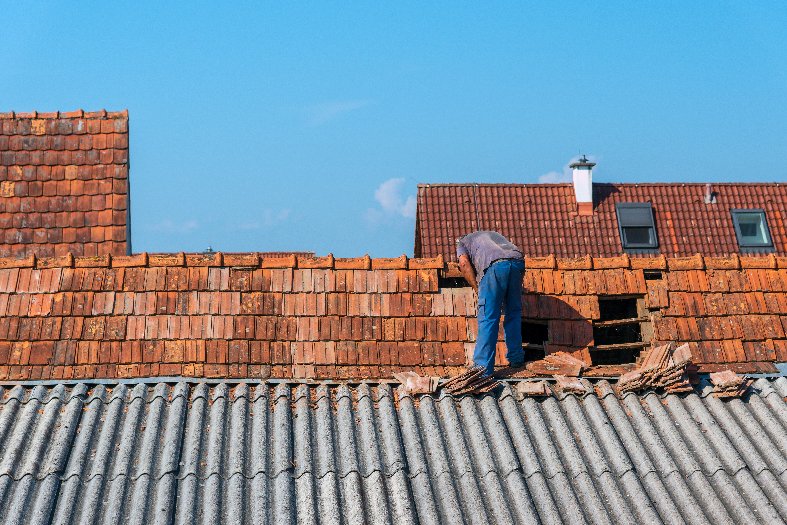Tips for Homeowners on How To Repair Your Roof Quickly and Easily
The roof is an essential part of your home's structure, one that is exposed to extreme weather and other environmental elements. Over time, it may incur damage or develop leaks that, if left unresolved, can lead to more significant problems for your home and your family's safety. The good news is that many of these issues are fixable with a few basic, DIY techniques. Here Are some tips that we’ve put together, to assist you with repairing your roof quickly and easily.
Identify the Damage
The initial step to fixing your damaged roof is identifying the problem. You can perform a visual check-up by inspecting the area and checking for fault lines, cracks, or any other indications of damage to the roof. You can also try climbing onto the roof and visually inspecting it. If you aren't comfortable climbing on the roof, you can use binoculars or a drone to inspect the roof's surface for damage.
Gather Materials
Once you've identified the damage, take stock of the materials required for roof repair. For minor repairs, you will usually need sealant, roofing cement, replacement shingles, nails, and flashing. Purchase the necessary materials in advance to save time and avoid disruption of the repair.
Safety First
If you plan on climbing on your roof to perform repairs, your safety should be your top priority. Make sure you have the correct safety equipment, including a good-quality ladder, safety harnesses, and slip-resistant footwear. Additionally, if the roof is steep, it may be best to hire a professional roofing contractor.
Repair the Roof
Minor leaks on your roof can be fixed by applying roofing cement or sealant to the damaged area. Use a putty knife or caulking gun to apply the cement or sealant to the leak or crack. For a damaged shingle, remove the old shingle and replace it with a new one. Seal the new shingle to the roof using roofing cement or nails. Avoid stepping on tiles and shingles as much as possible to prevent further damage.
Replace Damaged Shingles
Shingles protect your roof from harsh weather elements, and over time, they may crack or become damaged. To fix a damaged shingle, you'll need to remove the old shingle, clean the area, and then lay the new shingle. You'll need to place roofing cement underneath the new shingle and nail it in place.
Patch Up Small Leaks
Small leaks in your roof are a common problem and can be fixed easily. To patch up a small leak, locate the leak and clean the area around it. Then, apply roofing cement to cover the leak, covering it with a patch made from the same material as your roof. Make sure the patch is firmly in place and sealed with roofing cement.
Maintain a Well-Kept Roof
It’s important to keep up with regular maintenance to prevent severe roof damage from occurring. Keeping your gutters and roof free of debris will help ensure the longevity of your roof. Regularly inspect your roof for any signs of damage, especially after severe weather events, and make any minor repairs as needed.
Consider Professional Assistance
If you're unsure about how to repair your damaged roof or you're dealing with a more significant roofing issue such as a sagging roof, you may need to hire a professional roofing contractor. They will have the experience and equipment to perform the task safely and effectively. Professional assistance may be expensive, but it's a long-term investment that ensures your home's safety and longevity.
Preventive Measures
Repairing your roof is more than fixing the present issue; it's also about preventing future damage. Regular inspection of your roof, cleaning off debris that accumulates, trimming overhanging branches, and cleaning off mold can all go a long way in preventing roofing damage. A well-maintained roof can last over twenty years, and regular maintenance is the key to its longevity.
In conclusion, repairing your damaged roof is significant to the safety and longevity of your home. Following these tips, you can identify the damage, gather the necessary materials, repair the damage, consider professional help where necessary, and take preventive measures to ensure that your roof remains strong and healthy. Remember, the key to maintaining a healthy roof is regular maintenance.


